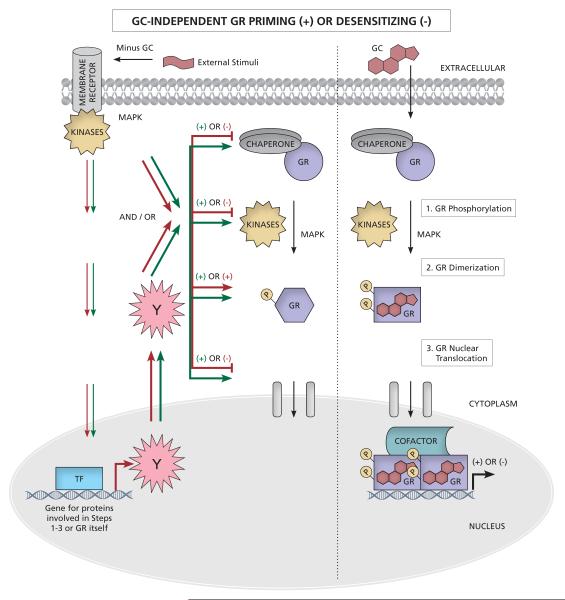Figure 4. GC-independent GR priming or desensitizing.
Upon binding to their respective receptors, external stimuli result in a signaling cascade that either directly, or indirectly via upregulation of another protein (Y), result in changes in the GR signalling pathway. In the absence of GCs, these include changes in unliganded GR affinity for GCs, binding to chaperones, immunophillins and/or site-specific GR phosphorylation (see Table 1, as well as section 5 for desensitizing and section 6 for priming, for details on the specific external signals). These changes, however, do not result in a GR-mediated transcriptional effect. Only upon co-stimulation with GCs, does the GR get recruited to promoters and elicit a transcriptional effect. In the case of priming, the modifications are all enhanced (green arrows), for example to increase GR phosphorylation or nuclear translocation, whereas in the case of desensitizing (red arrows), the modifications result in, for example, less GR nuclear translocation or decreased GC binding. Increased GR phosphorylation, can be involved in both priming and desensitization, depending on context. Labels are as for Figures 1 and 2.

